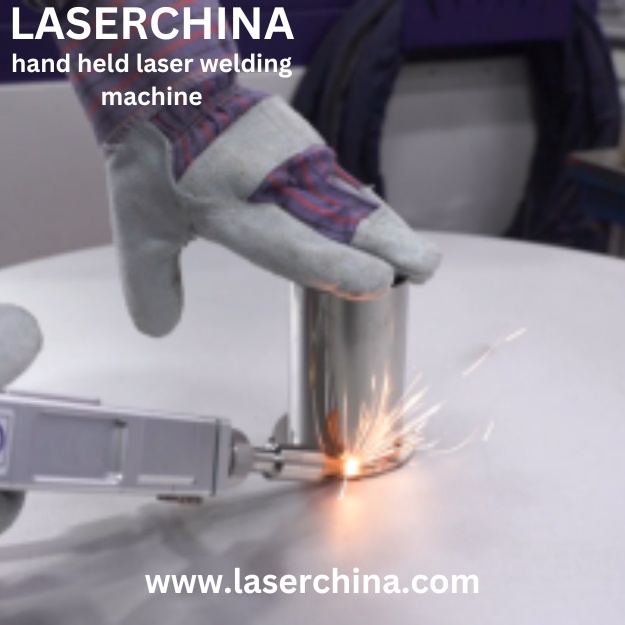Hand held laser welding machine represent a paradigm shift in the welding industry, offering unprecedented precision, efficiency, and versatility. This guide aims to provide a comprehensive overview of hand held laser welding machine, including their functionality, applications, advantages, and best practices.
Understanding Handheld Laser Welding Machines: Hand held laser welding machine utilize concentrated beams of light energy to precisely fuse metal components together. Unlike traditional welding methods that rely on heat from an electrical arc or flame, laser welding offers pinpoint accuracy and minimal heat input, resulting in superior weld quality and minimal distortion.
Components and Operation: These machines consist of a laser source, delivery system, focusing optics, and a control unit. The laser source generates the high-intensity beam, which is delivered to the workpiece through a flexible optical fiber. Focusing optics concentrate the beam onto the weld area, while the control unit manages parameters such as power, pulse duration, and frequency.
Applications: Handheld laser welding machines find application across various industries, including automotive, aerospace, electronics, and jewelry manufacturing. They excel in joining dissimilar metals, delicate components, and intricate geometries, making them ideal for tasks such as seam welding, spot welding, and repair work.
Advantages:
- Precision: Handheld laser welding offers micron-level accuracy, allowing for precise control over weld dimensions and penetration depth.
- Speed: The concentrated heat of the laser beam enables rapid welding speeds, reducing cycle times and increasing productivity.
- Versatility: These machines can weld a wide range of materials, including steel, aluminum, titanium, and even plastics, without the need for filler material.
- Minimal Heat Affected Zone (HAZ): The low heat input of laser welding minimizes distortion and reduces the risk of thermal damage to surrounding materials.
- Remote Accessibility: Some handheld laser welding machines are equipped with robotic arms or remote control interfaces, enabling operators to access hard-to-reach areas or perform welds in hazardous environments.
Best Practices:
- Proper Setup: Ensure the workpiece is clean, free of contaminants, and securely clamped to prevent movement during welding.
- Optimal Parameters: Fine-tune laser power, pulse duration, and focus spot size to achieve the desired weld quality and penetration.
- Operator Training: Train operators on machine operation, safety protocols, and maintenance procedures to maximize efficiency and minimize risks.
- Quality Assurance: Implement rigorous inspection processes, such as visual examination, non-destructive testing, and metallurgical analysis, to verify weld integrity.
- Maintenance: Regularly clean and inspect optical components, replace consumables as needed, and follow manufacturer recommendations for preventive maintenance to ensure long-term reliability.
Conclusion: hand held laser welding machine represent a cutting-edge solution for precision welding applications, offering unmatched accuracy, speed, and versatility. By understanding their operation, applications, advantages, and best practices, manufacturers can harness the full potential of this transformative technology to achieve superior weld quality and optimize production processes.


No comments yet